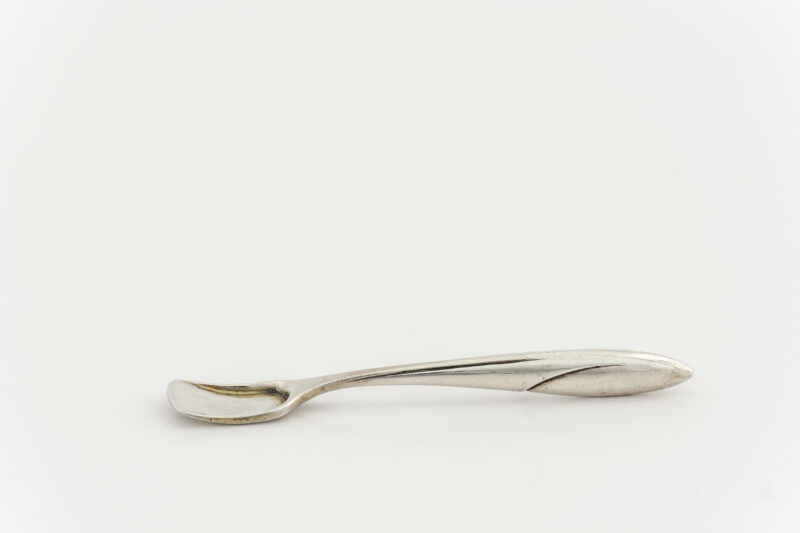This is (mainly) Belgian
our Art Nouveau collection
by Marie Becuwe
At the end of the 19th century, Art Nouveau revolutionized architecture and the applied arts. As a reaction against the proliferation of neo-styles, a sophisticated visual language of flowing lines, natural colours and sometimes surprisingly modern materials emerged. Belgian Art Nouveau is particularly well represented in our collection, with names such as Henry van de Velde, Paul Hankar, Gustave Serrurier-Bovy, Victor Horta, Georges Hobé and Philippe Wolfers.
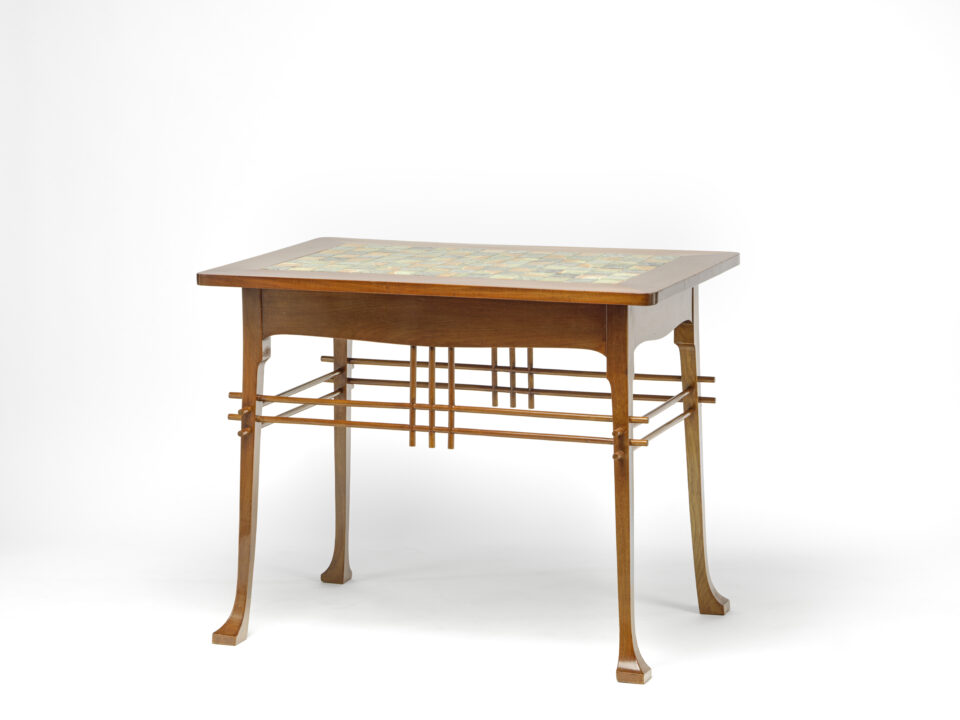
Hankar en Horta: the pionieers
Art Nouveau took off in Belgium in 1893. That year, Victor Horta (1861-1947) built the Hotel Tassel in Brussels, and Paul Hankar (1859-1901) built his own residence in Saint-Gilles. Hankar brought his older furniture in a neo-Flemish Renaissance style with him from his old house, but he also designed new furniture and interior elements in Art Nouveau style. Over the years, he added furniture he had previously drawn for clients. For instance, he had designed the table with inlays in onyx for Hotel Renkin.
In 1897, Hankar was put in charge of the interior design of the Colonial Exhibition in Tervuren – the early predecessor of the current AfricaMuseum. This prestigious assignment earned him many new and wealthy clients. One of them was the silversmith and artist Philippe Wolfers, for whose family estate in La Hulpe Hankar designed two villas, several outbuildings and a communal garden. The overall concept bathed in an oriental atmosphere. This is particularly evident in the smoking room of Villa Les Glycines. Several chairs, a stool and a table from the salon are part of the collection.
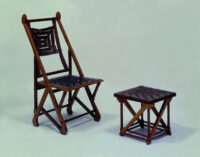
Paul Hankar, Chair and stool for the smoking room of Villa Les Glycines, 1899-1900 © Design Museum Gent
Gustave Serrurier-Bovy, Chair of the ‘Silex’ model, ca. 1904 © Design Museum Gent
Serrurier-Bovy: for the working man
Art Nouveau mainly found clients among the wealthy bourgeoisie. Yet, there were also artists who wanted to provide everyone with a pleasant and well-designed living environment. The Liège architect and designer Gustave Serrurier-Bovy (1858-1910) was one of the first in Belgium to employ industrial techniques to create modern interiors for the working class. From 1903, he and his business partner René Dulong focused on series production of furniture and utensils. The collection includes, among other things, a chair of the ‘Silex’ model, from the bedroom of a maid in his own home Ville L'Aube. Serrurier’s austere furniture made from wooden planks with black screws were very cutting-edge for their time.
Van de Velde: a Belgian in Germany
The most prominent figure in our Art Nouveau collection is Henry van de Velde (1863-1957). Among other things, we preserve furniture, clothing, utensils and interior elements made by him – often produced for houses that he had designed himself, as true Gesamtkunstwerke.
In the late 19th century, van de Velde also began to make a name for himself in France and Germany. In 1899, he decided to move with his family to Berlin. Three years later, he settled in Weimar. There, he would establish the Kunstgewerbeschule, the forerunner of the influential Bauhaus. He also built his own home there, Hohe Pappeln, the interior of which he also designed. Several of the collection pieces, such as a piano stool, once stood in Hohe Pappeln.
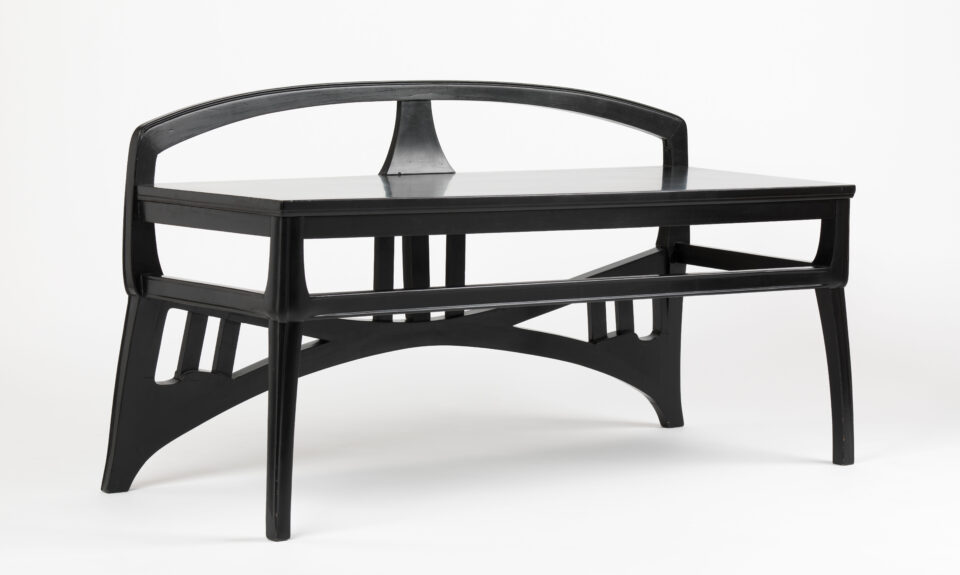
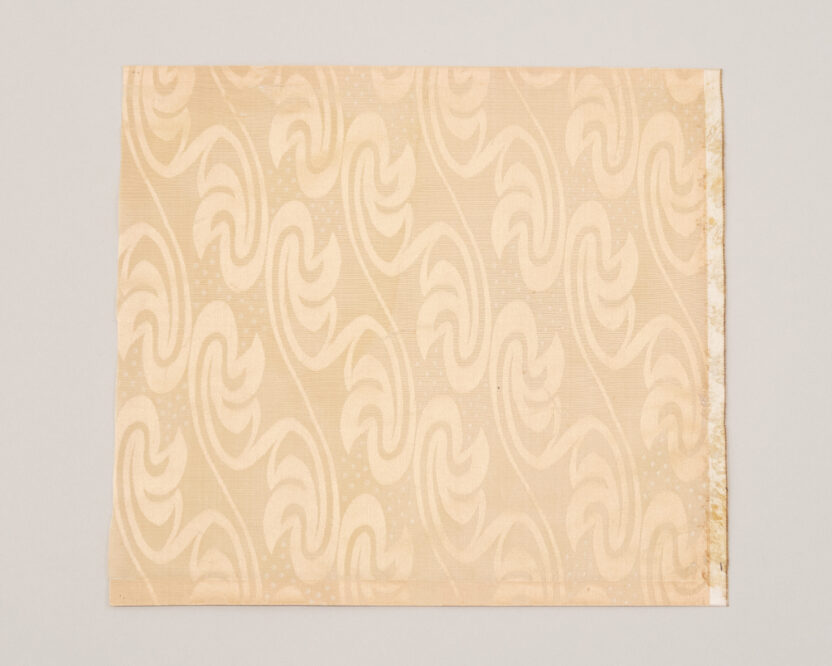
Henry van de Velde (design), Deuß & Oetker (production), Clothing fabric from the ‘Krefelder Künstlerseide’ range, 1901 © Design Museum Gent
Van de Velde regularly worked for manufacturers of textiles, silverware and ceramics all over Germany. In 1901, he designed fabrics for women’s clothing for the ‘Krefelder Künstlerseide’ range of the silk manufacturer Deuß & Oetker. The project was part of a campaign to revive the silk and velvet industry in Krefeld.
In 1902, Van de Velde was commissioned to design silver cutlery as a gift for the Grand Duke and Duchess of Saxe-Weimar-Eisenach. This prestigious assignment resulted in the ‘Modell I’ cutlery series, produced by the Bremen firm Koch & Bergfeld. Later, he made designs for three other cutlery series, each with a slightly more restrained design.
The renowned Porzellan-Manufaktur Meissen, Europe’s oldest porcelain factory, was another client. The factory engaged contemporary artists to modernize its production. In 1903–1904, Van de Velde’s designs included two porcelain plates and a sauce boat with a whiplash motif. It was his first experience with porcelain.
Wolfers: silverware and jewellery
In Belgium, too, manufacturers adopted the visual language of Art Nouveau. In the 1890s, Philippe Wolfers (1858-1929) built the Brussels-based company of his father (from 1897 known under the name Wolfers Frères) into one of Europe’s leading manufacturers of silverware and jewellery. He designed silver utensils in the neo-styles that were fashionable at the time, but he liked nothing more than looking for innovative shapes and materials. The ‘Magnolia’ vases, in silver and colourful Plique-à-jour enamel, bear witness to this. The luxurious designs, influenced by Japanese art and playful neo-Rococo, dazzled at numerous exhibitions.
At the 1897 World’s Fair in Brussels, Wolfers came into contact with Louis Müller. Wolfers granted him permission to execute some of his bronze flowerpot designs in stoneware. The collection includes a cachepot with orchids: a fine example of the revival of Belgian ceramics during Art Nouveau.
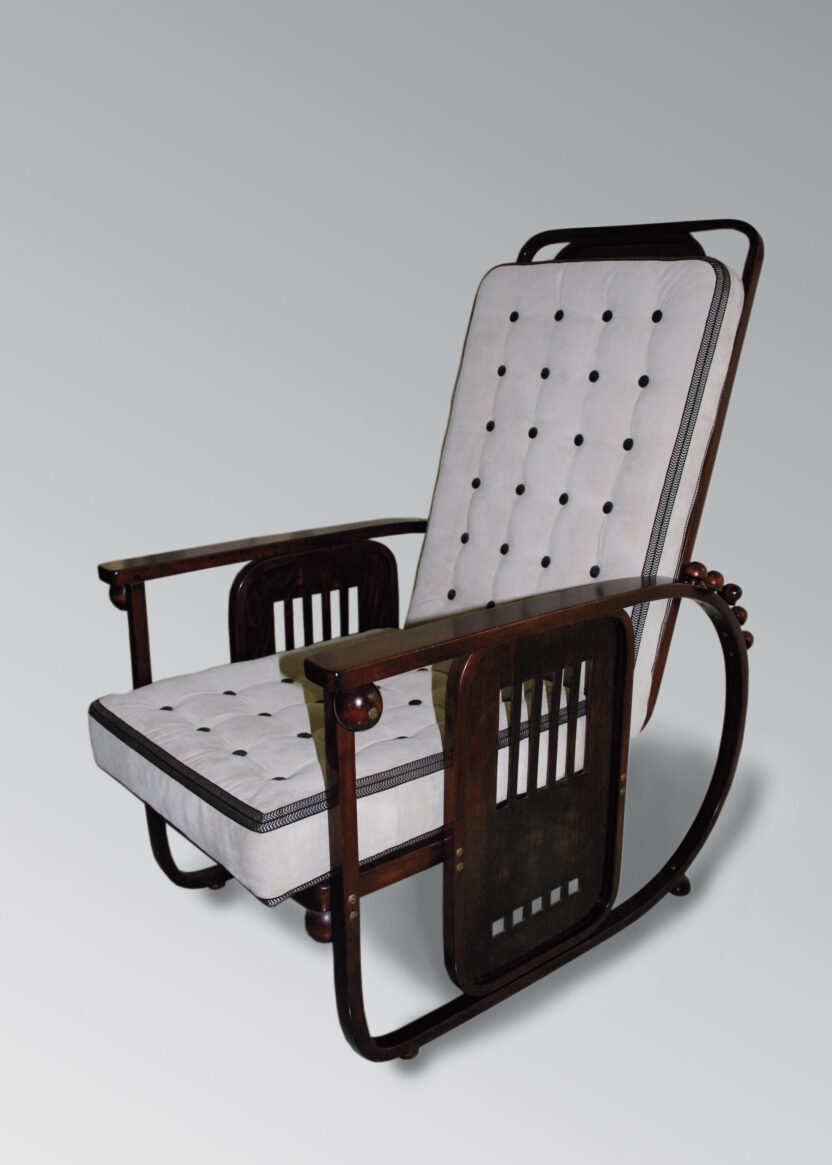
Josef Hoffmann (design), Jacob & Josef Kohn (production), Sitzmaschine, ca. 1905 © Design Museum Gent, photograph Studio Claerhout
Elsewhere in Europe...
Our Art Nouveau collection also includes valuable pieces from other European countries. For example, the ‘Sitzmaschine’
by Josef Hoffmann (1870-1956) illustrates the stylized, geometric visual language of the Vienna Secession. Collection pieces also come from France (including the École de Nancy), Scandinavia, Hungary, Great Britain, the Netherlands and Germany.
From disregard to reappraisal
After the First World War, new styles were all the rage and Art Nouveau went out of fashion. Interest only began to pick up again from the 1960s. Too slowly, unfortunately, to prevent Victor Horta’s Maison du Peuple - a masterpiece of Art Nouveau in the heart of Brussels – from being demolished in 1965 to make way for an office building. Remnants of the Maison du Peuple, mainly iron elements with whiplash lines, ended up in our collection after long detours.
As early as the 1970s, Lieven Daenens, the curator of what was then still called the Museum of Decorative Arts, began building an Art Nouveau collection. Through purchases on the art market and from private individuals, including relatives of designers, he put together a representative collection of mainly Belgian Art Nouveau. Following the reopening in 2026, you will be able to see the finest pieces for yourself in the revamped permanent collection.
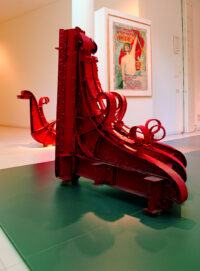
Victor Horta, Element from the Maison du Peuple, 1896-1898 © Design Museum Gent
